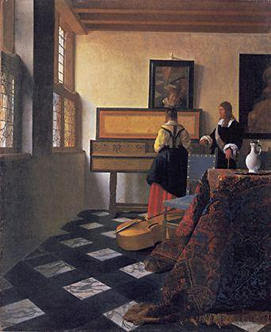 |
| 寄件者 MArch_Term 01 |
I'm concerning the complexity of the world in shifting, inspired by the falling leaves, leaves from different trees, falling due to the gravity, flies around by the force of wind, it drops on the surface, the pavement or the on the river that travels to another territory, people walk through and stepping on it that squeeze the volume, a complex motion system exist in the blur between varies events, which project the imprint or trajectory left behind. How do I capture the trajectory in the motion space, what is the object inside this unstatic boundary that can be defined? I'm looking for a tactic to undressing and re-dressing the relationship of the complex system by the falling leaves, the movement, the shadows, the light, and what is underneath the system.
我關心的是一個動態的變位的空間,落葉,因為風、地心引力、氣候等不斷變換的條件,不同的樹飄落的樹葉散落在各處,在車頂上、在人行道上、也可能落在河流隨著波動漂流至它處,我們走過街道踩過樹葉的聲響,下雨讓葉子濕潤而烙印在地板紋路,這些種種多重事件的變化與位移,物件在這模糊的邊界與空間中該如何重新定義,一個在桌上的杯子被你移動之後那個杯子還是杯子嗎?在這不安定的邊界與空間中怎麼去發現這樣的痕跡、軌跡,我試圖透過落葉這樣一個多重事件的系統中尋找"戰術",一個可以解開這動態空間中的關係,必須讓這模型本身可以呈現多面向的因子進來,不安定事件發生在限定的系統,還有觀察這兩個系統的子系統。
 |
| 寄件者 MArch_Term 01 |
![[.tze]](http://1.bp.blogspot.com/_dpptJHtg3BU/Sz-zNYSKitI/AAAAAAAATos/ZBDlnvRfrPI/S1600-R/ver+3.jpg)






















